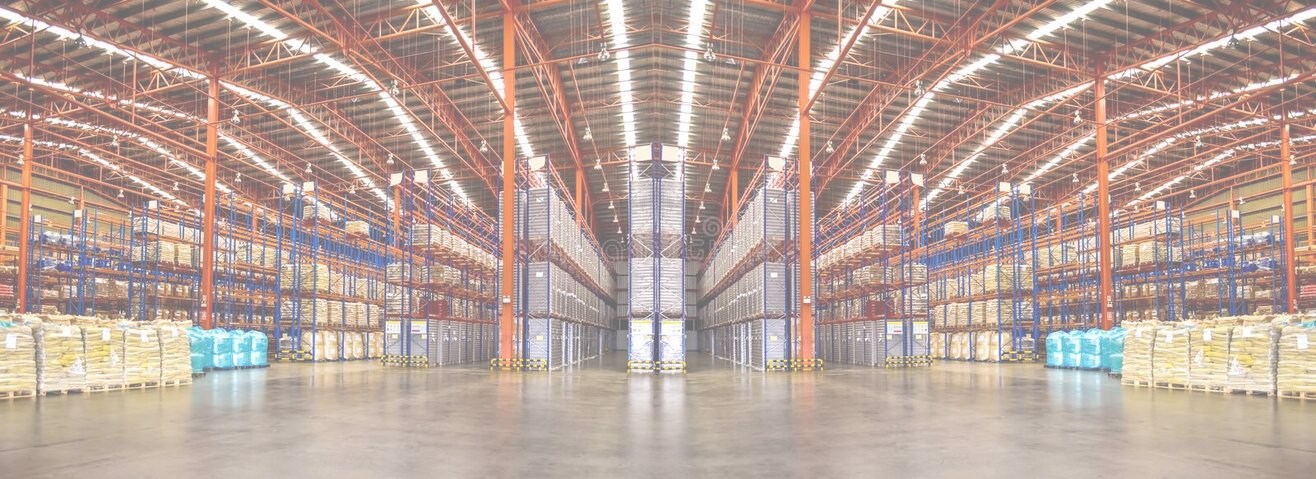The warehousing sector is a crucial link in the supply chain that bridges the gap between manufacturers and your end consumer. Over the years, the warehousing demand in India has received popular attention from both local and global institutional investors. The industry has advanced from basic storage spaces to sophisticated warehousing & logistic systems.
Since the Covid-induced-pandemic, the demand for warehousing facilities by e-commerce businesses has spiked rapidly. During the pandemic demand for goods was unprecedentedly high, which further boosted both the warehouse space requirements and the e-commerce market alike. The Pandemic also gave way to the growth of the organized food delivery sector and expanded the demand for cold chain warehousing space. All of these factors together contributed to the emergence of the warehousing industry as a strong asset class. Even within the real-estate sector, the industry shows an upward growth trend.
In the CRE space, the warehouse sector is an affordable choice as the construction cost is comparatively lower. Due to this low cost, the occupancy rate for warehouses is high. When compared to commercial office leases, a warehouse investment is stable and reliable. The lock-in period of commercial office leases is around 3 to 5 years, while the tenants of warehouses usually rent spaces for 9 to 15 years.
Let us look at some of the key drivers of the booming warehousing demand in the country –
1. Third-party logistics expansion:
One significant factor that contributes to the rise of warehouse demand is the growth of third-party logistics. In 2021, the maximum warehousing space was acquired by third-party logistics (3PL) followed by the e-commerce sector. The agriculture and manufacturing sectors are expected to increase the demand for 3PL warehousing, owing to relaxed policy reforms and ever-increasing Foreign Direct Investments. The other strong driving forces for 3PL warehousing are telecommunications, IT, healthcare, and e-commerce ventures with 30 minutes and 10 minutes deliveries in the last segment.
Production Linked Incentive (PLI) Scheme introduced by the government in recent times has led the sectors like pharmaceuticals, automobile components, mobile devices, and food processing, to invest in the setting up of manufacturing plants in the country. Other campaigns that contributed to rising warehousing demand are –
- Atamanirbhar Bharat
- Vocal for Local
- Make in India
- PM Gati Shakti National Master Plan
In addition to this, the government’s Bharatmala Project focuses on building 35 multimodal logistics parks in the country. This cumulative mix of logistics operations is expected to support and increase the logistics & warehousing operations in the country.
2. Reform and logistics:
Foreign investors are trying to increase their footprint in the country by investing in the warehousing and logistics sectors. Some of the systematic reforms that made them interested in exploring this new industrial asset class are –
- Introduction of goods & services Tax (GST)
- Interest rate cuts
- Corporate tax reforms
- Tax benefits to FDIs
Investors can buy standalone warehouses (higher capital allocation) as well as the demarcated areas of warehouses called the units or galas (lower ticket size alternative).
The warehouse real estate market in India is receiving steady growth and expansion and is likely to continue receiving it in the coming years. When compared to commercial office spaces, investment in warehouses is more stable in terms of the consistency of the rental. Another factor contributing to increasing warehouse demand is the popularity of online sales. Considering the prospect of online sales, businesses are shifting to the omnichannel business model and buying or renting additional warehouse spaces across cities.
3. E-commerce boom:
There is an extensive consumer base emerging in Tier I and Tier II cities. The reasons behind this trend are –
- Increased penetration of Internet usage in the country
- Rising levels of disposable incomes
- Government push for Digital India
- Desire for an upgraded modern lifestyle
Due to this rising consumer base, businesses have started restructuring their supply chains and moving their inventories closer to customer locations. As a result, warehouse demand in Tier I & Tier II cities has risen. The E-commerce boom has also turned warehouses and distribution centers into mega fulfillment centers.
The pandemic was one of the driving factors of the e-commerce boom in the country. During the pandemic-induced lockdown, customers were dependent on e-commerce players for the delivery of food, grocery items, and other basic necessities. This habit carried on and entered into the post-pandemic world as well and convinced e-commerce ventures with 30 minutes delivery model to increase their warehouse space demand.
India is on its path of economic transformation and is aiming to achieve the vision of a $5 Trillion economy by FY25. The industrial, warehouses and logistics sectors will play a pivotal role in the fulfillment of this vision. The enormous untapped potential and favorable market dynamics are expected to increase the warehousing sector’s growth at a healthy rate.

